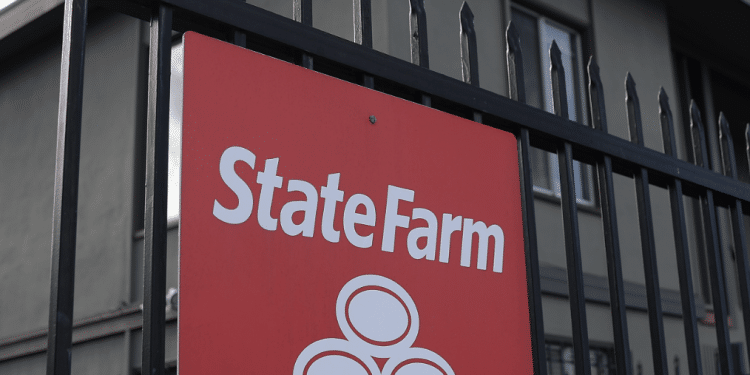State Farm stated they won’t stay in California unless they get this 17% increase. Misleading it is !
Judge Karl Frederic Seligman recommended approving State Farm’s 17% emergency rate hike for homeowners in California, a decision later adopted by Insurance Commissioner Ricardo Lara. The ruling allows State Farm to raise premiums as the company claims it needs financial stabilization after suffering major losses from Los Angeles wildfires. This move has ignited debate among policyholders, consumer advocates, and lawmakers.
State Farm initially requested a 22% rate increase but lowered it to 17% following regulatory review. In addition to homeowners seeing a price jump, renters and condo owners will experience a 15% increase, while landlords of rental dwellings face a steeper 38% rise in costs. These adjustments are intended to help the company cope with increasing expenses linked to catastrophic weather events, but the timing and justification are being closely scrutinized.
According to State Farm, the emergency rate hike is necessary to prevent a financial crisis that could push them to withdraw further from California’s insurance market. In recent years, multiple insurers have limited coverage or exited certain regions due to wildfire risks. The company insists that without higher premiums, it would struggle to maintain its presence and fulfill future claims. What’s misleading is that what’s not said is that State farm wants to keep profit level here in California !
However, consumer watchdog groups have raised concerns, questioning the fairness of passing the financial burden onto policyholders. Critics argue that insurance companies, including State Farm, have enjoyed profitable years when there were no fires, hurricanes, or earthquakes, yet they still demand significant rate hikes when disasters occur. Some consumer advocates believe the company should be required to provide more transparency about its financial situation before any rate increases are granted.
Fire survivors and residents affected by wildfires have also voiced frustration, particularly regarding delayed claims and underpayments. Many homeowners argue that their insurance companies are slow to provide adequate compensation despite collecting premiums for years. Some have urged Commissioner Lara to delay the rate hike until there is a full investigation into how insurers handle claims for disaster survivors.
State Farm’s decision reflects a broader trend in the insurance industry, where companies seek higher premiums to offset climate-related risks. While California has strict regulations preventing insurers from raising rates arbitrarily, emergency rate hikes like this one allow companies to circumvent certain procedural hurdles, leading to concerns about whether such approvals truly serve the public interest
Commissioner Lara’s role in approving the rate hike has faced scrutiny, as some believe regulators should take stronger action to protect policyholders. The Department of Insurance maintains that increasing premiums is a difficult but necessary step to preserve coverage options for Californians. However, consumer advocates argue that insurers should do more to cut costs internally instead of relying on policyholders to absorb financial losses.
As the debate unfolds, homeowners and renters across California will need to decide whether to stay with State Farm or explore alternative insurance providers. For many, rising insurance costs add pressure to an already expensive housing market, further complicating financial decisions.
Ultimately, the controversy surrounding this 17% rate hike highlights the ongoing tension between profitability, consumer protection, and climate-related risks. Whether it sets a precedent for future rate adjustments remains to be seen, but one thing is clear—policyholders, regulators, and insurers will continue to grapple with the challenge of balancing financial sustainability with affordability.
Satff Writer Lisel B






